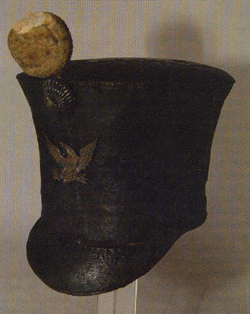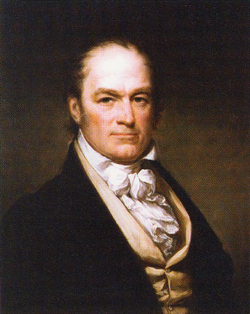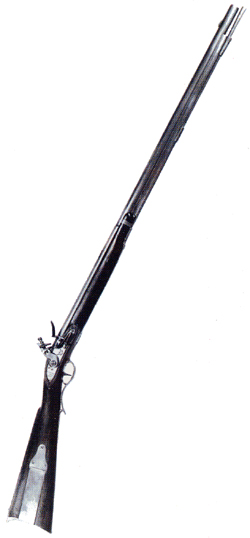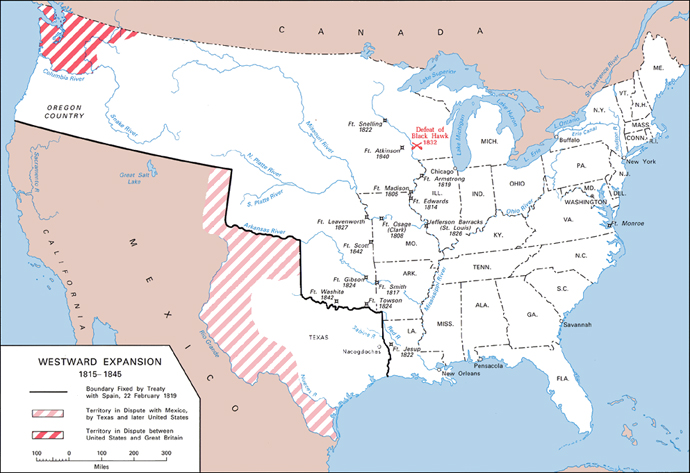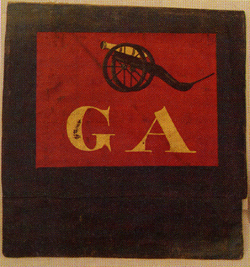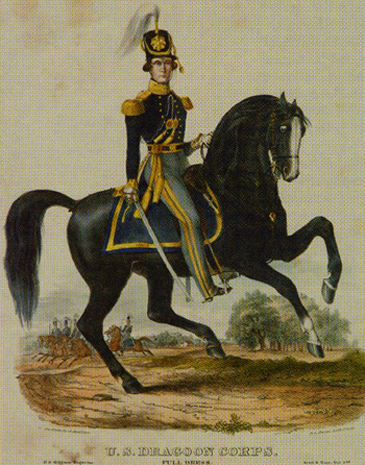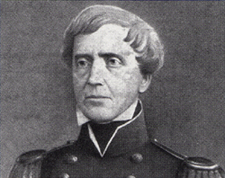U.S. Army become more professional during this period? What reforms contributed to this result?
2. The wars against the Seminoles lasted for years and took thousands
of troops to subdue and remove a relative handful of Indians. Why did this take so long? Which tactics worked and which did not?
3. What were the major roles and missions of the Army in the early settlement of the West from 1815 to 1845? How effective was the Army in performing these missions?
4. What was the "expansible army" policy proposed by Secretary of War Calhoun? To what degree do we have an expansible army today? What were some alternatives to this idea in the nineteenth and twentieth
centuries?
5. What were the advantages and disadvantages of using contractors
to provide military support such as rations, clothing, transportation,
and other services during this period? Why was the Army so slow to develop its own internal logistics capability?
6. Compare and contrast the Army on the eve of the War of 1812 to the Army on the eve of the war with Mexico. What were the similarities
and differences? What factors accounted for the changes?
Coffman, Edward. The Old Army: A Portrait of the American
Army in Peacetime, 1784–1898. New York: Oxford University
Press, 1986.
Johnson, Timothy. Winfield Scott: The Quest for Military Glory.
Lawrence:
University Press of Kansas, 1998.
Mahon, John K. History of the Second Seminole War, 1839–1842.
Gainesville: University of Florida Press, 1985.
Morrison, James L., Jr. "The Best School in the World": West
Point, The Pre–Civil War Years, 1833–1866, Kent, Ohio: Kent
State University
Press, 1986.
Prucha, Francis P. The Sword of the Republic: The United States
Army on the Frontier, 1783–1846. New York: Macmillan,
1969.
Remini, Robert V. Andrew Jackson and the Course of American
Empire, 1761–1821. New York: Harper & Row, 1977.
Skelton, William B. An American Profession of Arms: The Army
Officer Corps, 1784–1861. Lawrence: University Press of
Kansas, 1992.
Other Readings
Browning, Robert S. Two If By Sea: The Development of American
Coastal
Defense Policy, Westport, Conn.: Greenwood Press,
1983.
Goetzmann, William H. Army Exploration in the American West
1803–1863. Austin: Texas State Historical Association, 1991.
Sprague, John T. The Origin, Progress, and Conclusion of the
Florida War. Tampa, Fla.: University of Tampa Press, 2000.
Walton, George H. Sentinel of the Plains: Fort Leavenworth and
the American West. Englewood Cliffs, N.J.: Prentice-Hall, 1973.
![]()
